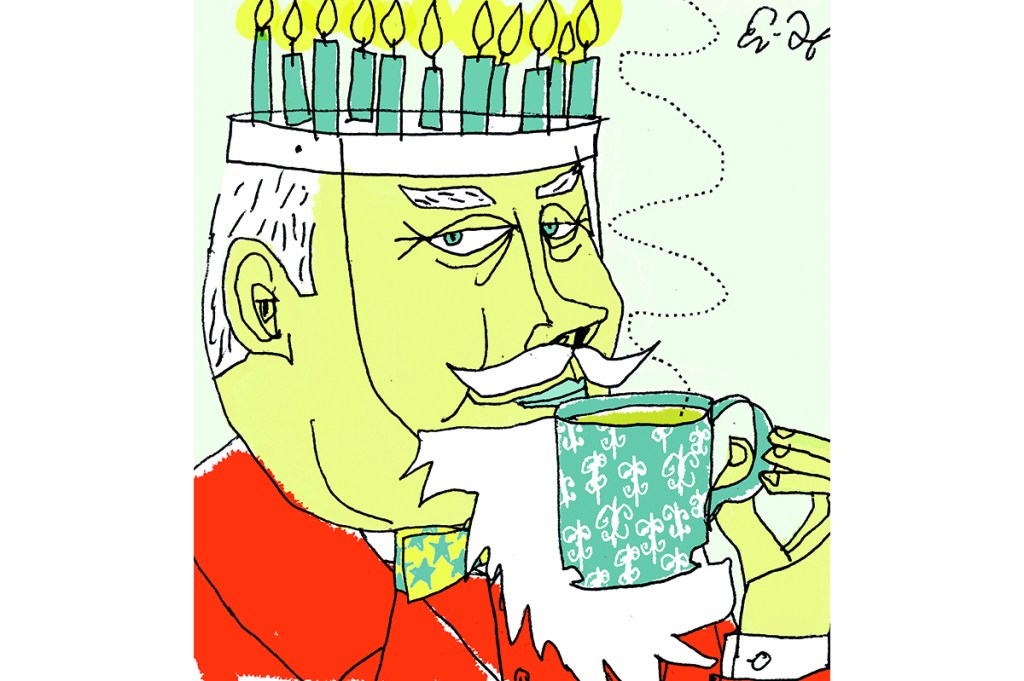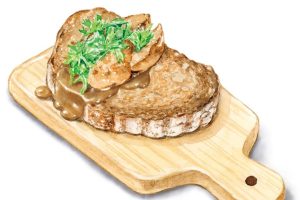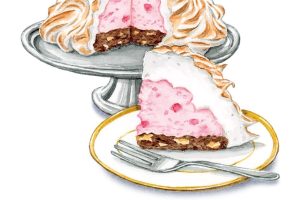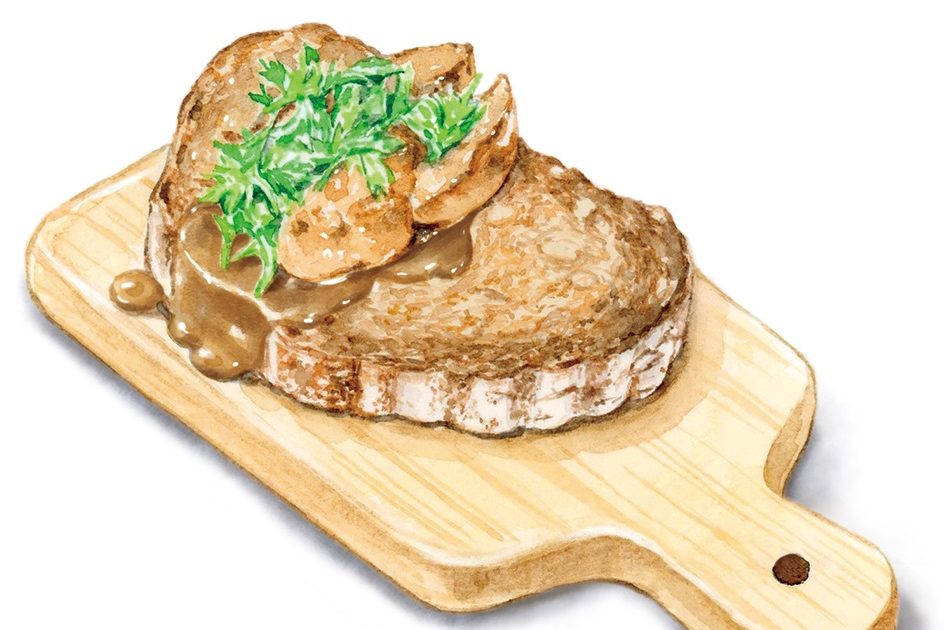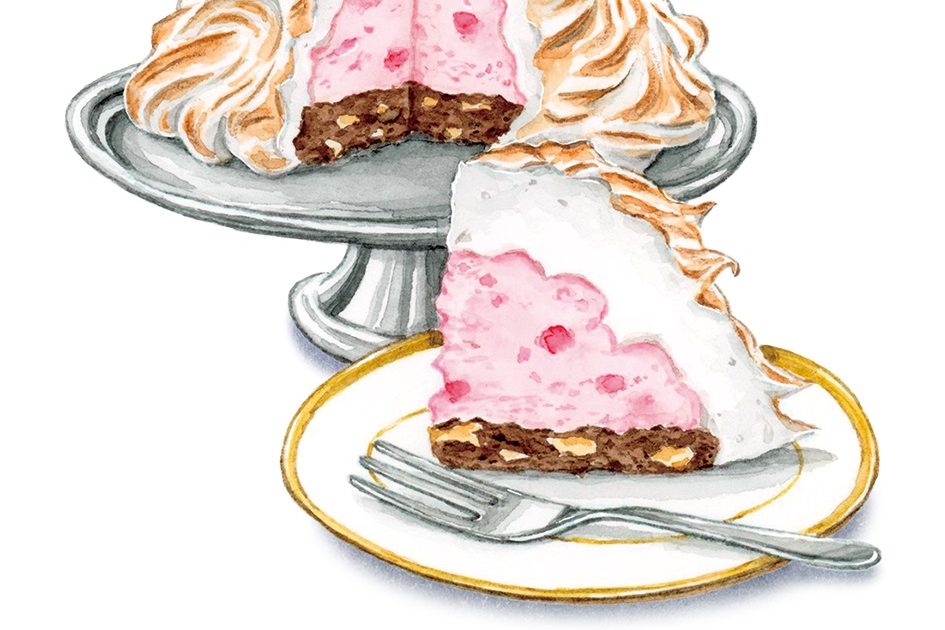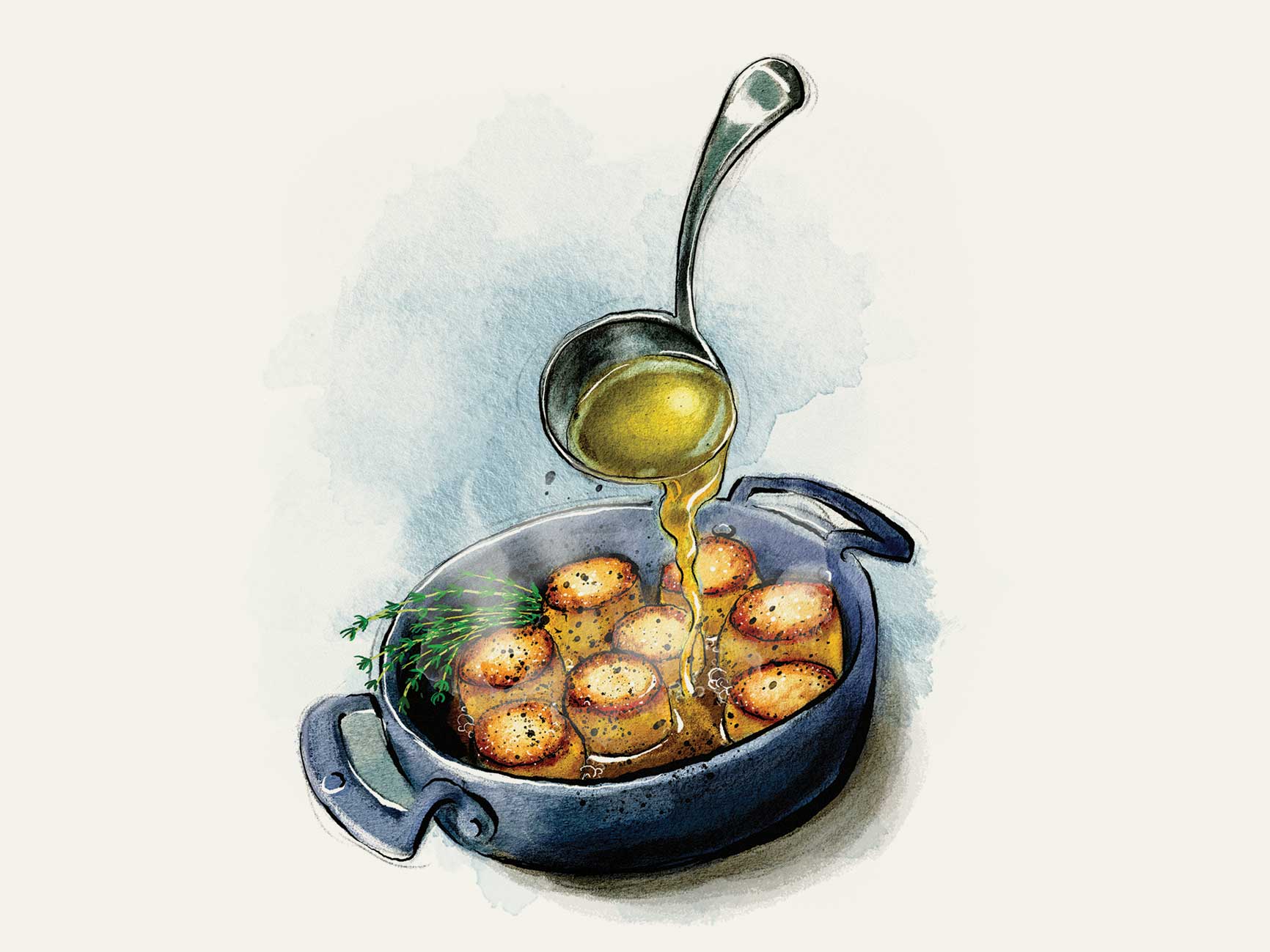Like many American families with multicultural members, my own family incorporates traditions to reflect different ways to celebrate Christmas. I count seven besides American: Swedish, English, Scottish, German, French, Swiss, Belgian. The first five are in the family DNA. The remaining two reflect countries where we have lived and raised our children.
Growing up with Swedish immigrant grandparents under the same roof, my Christmas took on many Swedish customs, starting on December 13 with the celebration of Santa Lucia. Legend has it that the fourth-century saint was a child-martyr who brought food and aid to Christians hiding in the Roman catacombs. A young girl is dressed as the saint, in virginal white, sashed in red, representing a baptismal robe and the blood of martyrdom. A wreath of lighted candles is perched on her head to light the way while she carries food to the poor, who were living in darkness. I was once asked to be a preteen Santa Lucia. I felt very special.
Every year while the house slept, another saint arrived on December 25, led by Rudolph. Little Swedish tomtes (impish elves with pointed red stockings pulled over their foreheads), who lived under the floorboards all year, were brought out to deliver gifts to good children. Cut-out tomtes would appear around the house and on the Christmas tree along with paper baubles sent from great-grandparents in Bristol.
There was even a ceramic Ronald McDonald ornament, from the opening of the first hamburger chain in Lausanne. I carried on these traditions when we lived in Switzerland in the Seventies and Eighties. Ikea had come south, and I could treat family and friends to my childhood Nordic traditions. I bought what I needed to host a Swedish smorgasbord. This included spice packages to add to glögg (warm red wine, laced with aquavit), which I served from one of my great uncle’s copper cauldrons. He used them to make polkagris (candy canes), limpa (Swedish rye bread) for gravlax (pickled salmon with dill) and surstromming (lightly salted fermented Baltic Sea herring) and pepparkakor (Swedish ginger snaps).
Our daughter, Annabelle, carries on the Swedish traditions with her two children in Burgundy. She has added traditional saffron buns (lussekatter) for Santa Lucia. By early December, six-year-old Maëlle, along with her older brother, Loïc, starts to open Advent calendars. They have written to Père Noël to ask for special cadeaux. Swiss children can write to “Santa Claus in the Sky,” in “Cloudland” or “In the Forest” in three languages c/o Swiss Post and be guaranteed an answer.
This year, our family in America will spend their first Christmas in California without beloved gramps, who passed away in September. We shall light a fire in the fireplace, which will be surrounded by a pine garland (with tomtes hidden among the needles), white candles glowing in my great-grandmother’s copper candlesticks, and nine stockings. We shall wish each other God Jul, Merry Christmas and Joyeux Noël while sipping glögg and nibbling smorgasbord.
Finally, seated at the dining room table, which will be dressed with my mother’s embroidered yellow and blue tablecloth, we shall feast on roast beef, Yorkshire pudding and potatismos (Swedish mashed potatoes whipped with sour cream and cream cheese). It will be accompanied by a Pinot Noir from our son-in-law Brian’s Racine Vineyards in the Santa Rita Hills. Dessert? Flaming plum pudding, of course — or chocolate Belgian truffles, if we have room.
RECIPE
For a dozen buns:
1 cup milk
½ cup sugar, plus 1 tablespoon, divided
1 teaspoon saffron threads
¼ oz. dry yeast
4½ cups all-purpose flour
1 teaspoon kosher salt
1 teaspoon ground cardamom
3 large eggs, divided
¼ cup sour cream
6 tablespoons unsalted butter,
softened raisins
In a small saucepan, combine milk, one tablespoon of sugar and saffron threads. Heat over medium-high heat, stirring to dissolve sugar. Once milk is steaming, remove from heat and let cool to 110°F. Sprinkle the yeast over the warm milk and stir in gently.
In a large bowl, whisk together flour, remaining sugar, salt and cardamom. Make a well in center of flour and pour in milk, two eggs, sour cream and butter. Stir to combine, then, once the dough starts to come together, use your hands to incorporate fully.
Turn dough out on to a clean surface and knead until the dough is springy. About five minutes. Place dough in a large bowl and cover with plastic wrap. Let rise in warm place for an hour or until double in size. Punch down dough and flip onto a clean surface. Divide dough into twelve equal pieces. Form each piece into a ball about two inches wide. Then roll into a cylinder, about twelve inches long. Shape each piece into an “S,” coiling each end into a sort of loose snail which will come together as the dough rises.
Transfer dough to a parchment paper-lined baking sheet, cover with plastic wrap and let rise for thirty minutes, until double in size. Meantime, preheat oven to 400°F. Beat remaining egg and brush over dough swirls. Place a single raisin in the center of the swirls at each end. Bake the buns for ten to twelve minutes, or until golden brown and cooked through.
This article was originally published in The Spectator’s December 2022 World edition.



